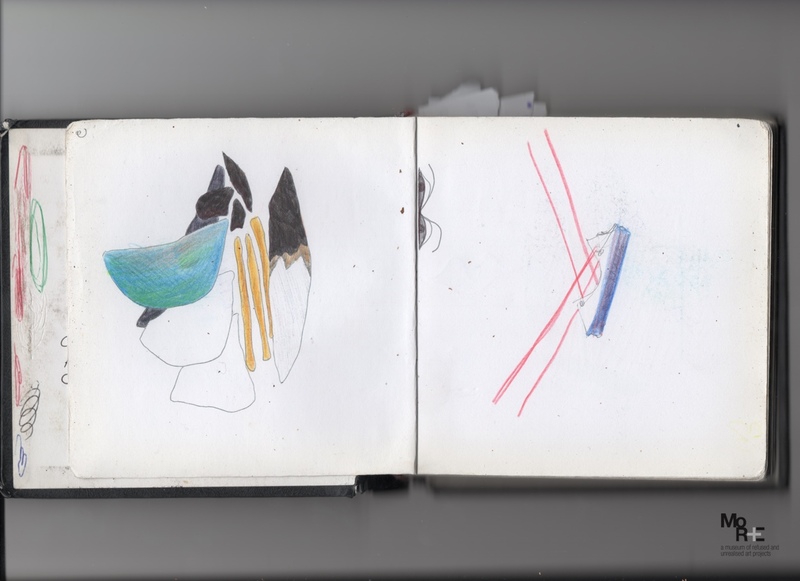Andrea Kvas
We can refer to extra-pictorial media for the work of Andrea Kvas. Moritz Wesseler writes the following about the artist at the opening of the essay: "Although the work of Andrea Kvas is essentially located in the field of painting, his further determinations go far beyond the boundaries of that discipline. Only a small part of his work corresponds to the traditional idea of painting, while majority literally skips the frame that defines it. The works of the young Italian artist oscillate between painting, sculpture and spatial installation, and as such they orbit around the vast territory of abstraction". And it is precisely this frame that is negated by the artist, the definitive delimitation of the canvas itself, the boundary within which the representation takes place. A frame that historically is at the center of some critical debates, think of the texts of J. Ortega y Gasset or the idea of Arnheim according to which the frame delimits the pictorial infinity. This abandonment for Kvas has in fact different connotations than for other artists. If the works of other painters do not lose the size of the picture, even by removing the frame, the works of Kvas acquire an almost sculptural value, entering fully into the third dimension. Like Braida, Kvas also donated to MoRE some pages of his own notebook, in particular 12 pages of a notebook from 2015. Kvas' works determine his design which approaches that of installations and exhibition devices. The notebook pages also offer an alphabetical code conceived by the artist, new forms of letters created by Kvas which stem from a reflection on abstract painting. In fact, the artist himself recounts that this particular design took shape precisely on a question inherent to abstractionism "If it is not abstract, what can it be?”. The answer for the artist is twofold, figurative or alphabetic.

